Complete Guide on How to Do Your Own Color Analysis at Home
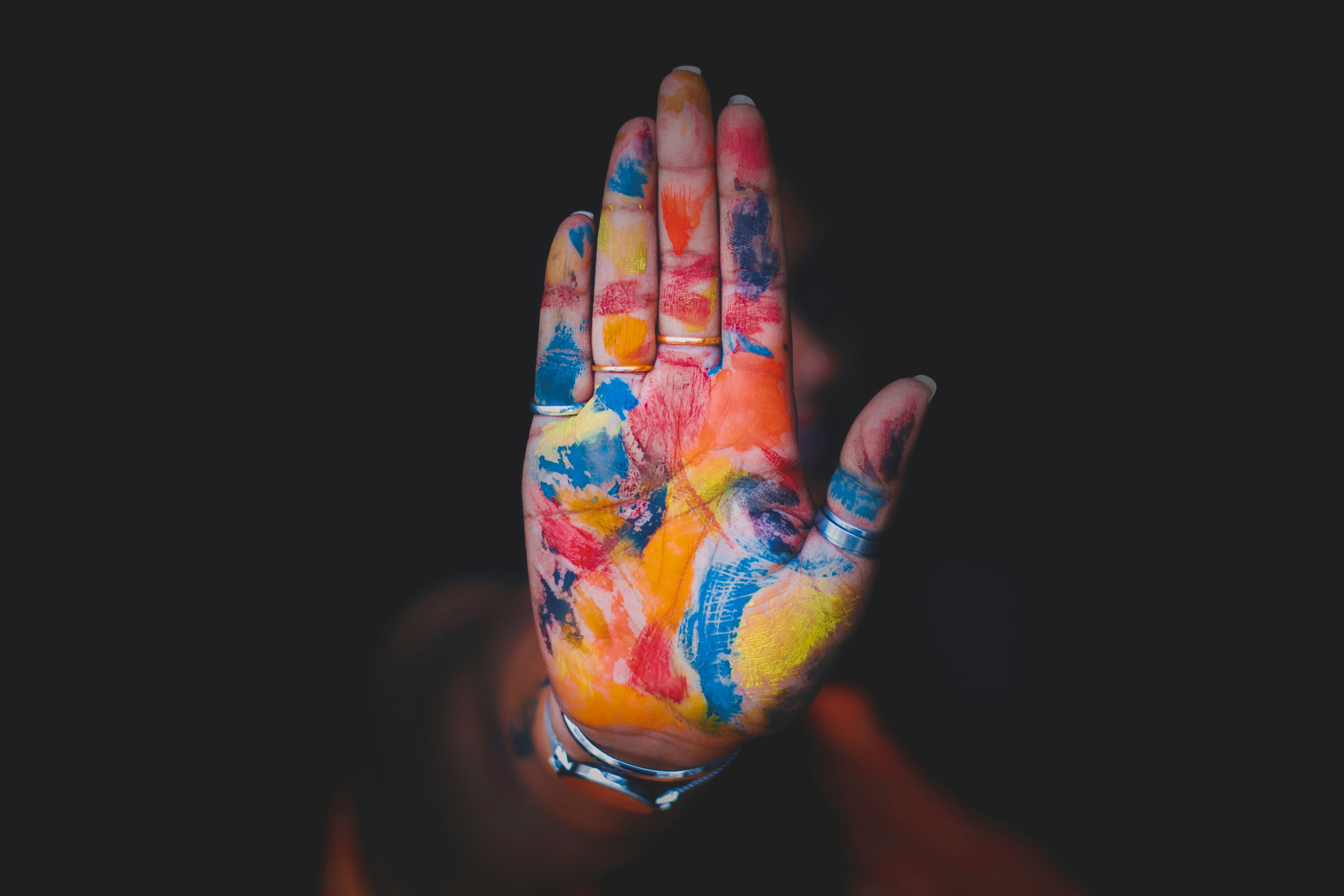


Dante Kim
May 11th, 2024
Get your color analysis done
in 60 seconds with WhatColors!
Get your color analysis done in
60 seconds with WhatColors!
Get your color analysis done in 60 seconds with WhatColors!
Understanding how to do your own color analysis can revolutionize your wardrobe and make shopping a breeze. By identifying your unique skin tone colors, you can unlock a palette of hues that will enhance your natural beauty, boost your confidence, and make you stand out. Once you know which colors complement your complexion, you can make more informed choices about the clothes you wear, the makeup you apply, and even the hair colors you choose. So, let's dive into the world of color analysis and discover how to unlock your best look!
Table of Contents
What is Personal Color Analysis?
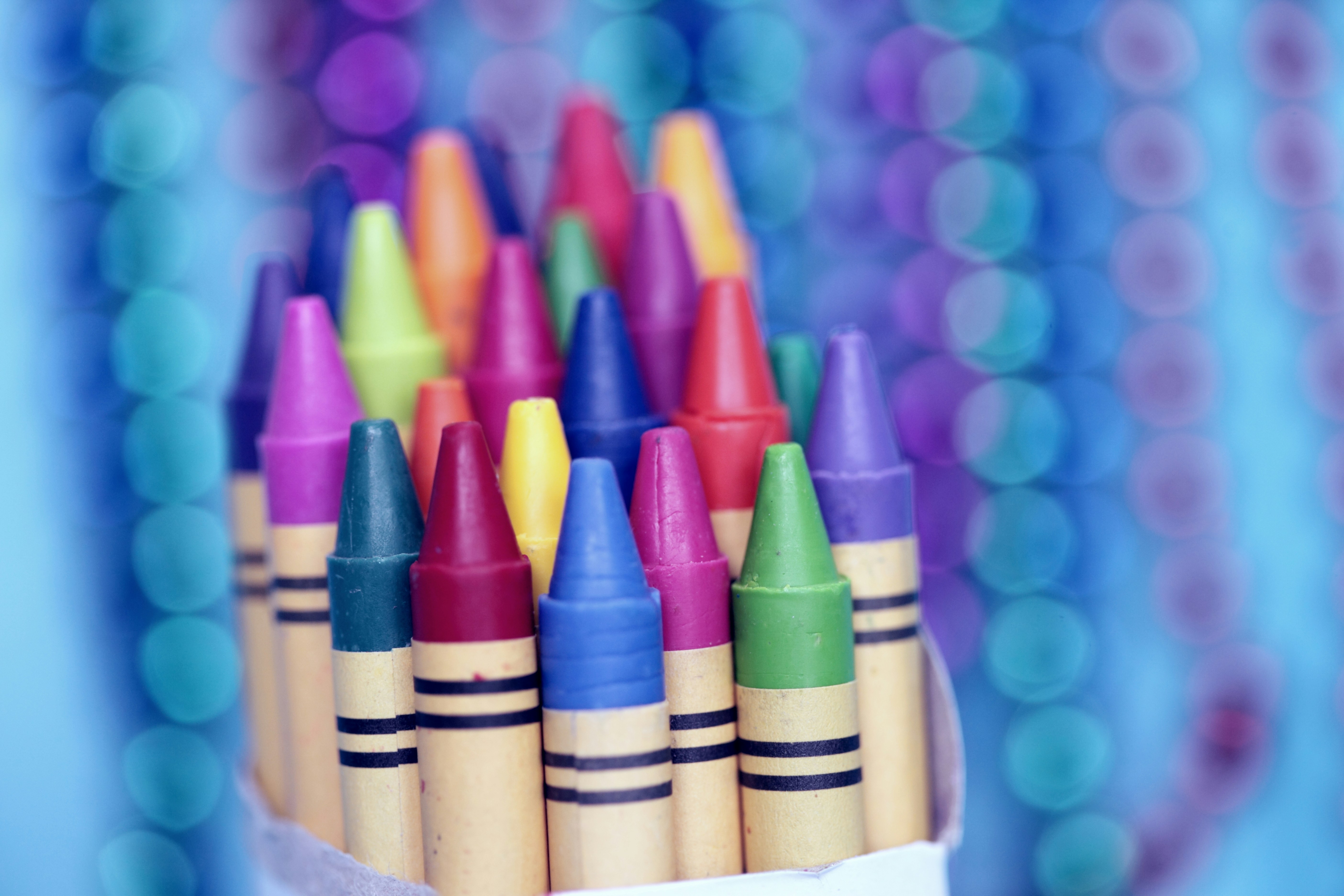
Personal color analysis is a process that helps people find colors that complement them — everything from clothes and makeup to hair and jewelry. There are 16 different color palettes that each person can identify with, but people tend to lean toward the seasonal ones: winter, spring, summer, and fall. Then there are the "flow" palettes, which fall in between seasons.
The Origins and Evolution of Personal Color Analysis
For decades, color analysis has been used by politicians, chief executive officers, and the social elite as a way to put their best feet forward. Now, on the heels of a TikTok craze, it’s sprouting up from California to New York, and Gen Z loyalists are increasingly making trips to Seoul with the procedure topping their bucket list.
Related Reading
How Does Color Analysis Work?

Color Analysis is based on the Munsell Color System, which is a color arrangement scheme that was developed by the American artist Albert H. Munsell in 1913. Munsell's Color System defines color by three measured scales which are: hue, value, and chroma.
Hue & Temperature
Colors can either have a warm or cool undertone. We tend to associate yellow, orange, and red with warmth because they tend to have a yellow undertone, whereas purple, blue, and green appear cool as the undertone tends to be blue. You will often find the color wheel divided like this
Value & Depth
The value determines how light or how dark a color is. Light colors are classified as such because white has been added, also known as "tint". Whereas darker colors have more black mixed in the color, which is known as "shade".
Chroma & Clarity
Chroma defines a color's saturation, or how bright (clear) or muted (soft) it is. Bright and saturated colors are far away from being grey. When a color's saturation is taken away, the closer it gets to grey, and therefore the more muted it turns. When adding grey to a color it turns into a tone.
The 4 Basic Seasons
The Color Me Beautiful theory is based on four color types:
Spring
Summer
Autumn
Winter
Which seasonal type you are depends on two basic variables: the undertone of your skin, hair, and eyes (warm/golden vs cool/ashy), how light vs deep your overall coloring and specifically your hair is.
Unlocking Your Personal Color Palette with WhatColors' AI Analysis
WhatColors helps you find what colors to wear based off of your skin tone. Get your season based off on our skin tone, thanks to our patented color match technology. Get the perfect colors based off on your season. Avoid colors that are a definite no. Based off on your skin, eye and hair color find the perfect nail colors with our WhatColors Nail Color Generator.
Unlock your colors and transform your style for free today with WhatColors' AI Personal Color Analysis app. Download our app for free today on the App Store or Google Play store.
5 Key Benefits of Personal Color Analysis
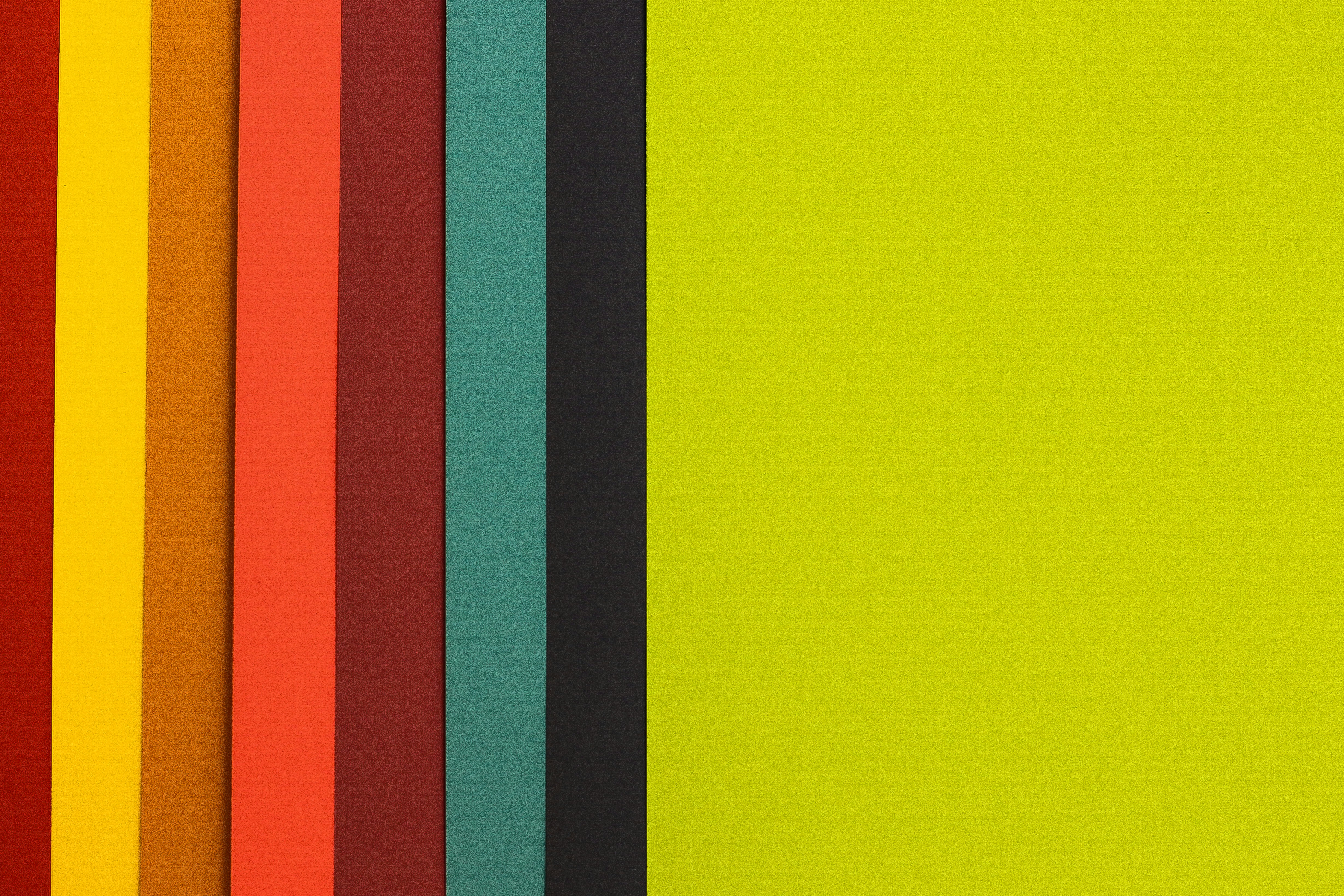
1. Enhancing Your Appearance
Wearing colors that complement your natural features can significantly enhance your overall appearance. The right colors can make your skin look brighter, your eyes more vibrant, and your hair more radiant. By understanding your best color palette, you can choose clothing, makeup, and accessories that make you look more vibrant and healthy.
2. Streamlining Your Wardrobe
Color analysis can help you determine a cohesive color palette that works well together. By understanding your best colors, you can create a versatile wardrobe where different pieces mix and match effortlessly. This simplifies your shopping process and ensures that you always have flattering options to choose from.
3. Saving Time and Money
When you know which colors work best for you, you can avoid purchasing clothing or accessories in colors that don’t flatter you. This helps you make more informed shopping decisions and prevents you from wasting time and money on items that won’t be as flattering or versatile.
4. Boosting Self-Confidence
Wearing colors that harmonize with your natural features can boost your self-confidence. When you know you look your best, it can positively impact how you feel about yourself and how you present yourself to others. Feeling confident in your appearance can have a ripple effect on various aspects of your life, from personal interactions to professional settings.
5. Expressing Your Personal Style
Color analysis doesn’t mean you have to limit yourself to a specific set of colors. It simply provides you with a starting point for understanding what works best for you. You can still incorporate your favorite colors and experiment with different shades and tones within your color palette. Color analysis helps you refine and define your personal style while ensuring that you always look your best.
Related Reading
• Cool Skin Tone Colors To Wear
• Best Clothing Colors For Asian Skin Tone
• Brown Skin Warm Skin Tone Colors
• Best Colors For Neutral Skin Tone
• Getting Your Colors Done
• Colors For Olive Skin Tone
• Colors For Winter Skin Tone
• Warm Skin Tone Colors To Wear
• House Of Color Cost
• Olive Skin Tone Colors To Wear
• Colors For Autumn Skin Tone
• Hair Colors For Your Skin Tone
• Neutral Skin Tone Colors To Wear
• Cool Hair Colors for Your Skin Tone Chart
• What Colors Are Best for My Skin Tone
• What Colors Go With My Skin Tone
• What Colors Suit My Skin Tone
How to Do Your Own Color Analysis at Home
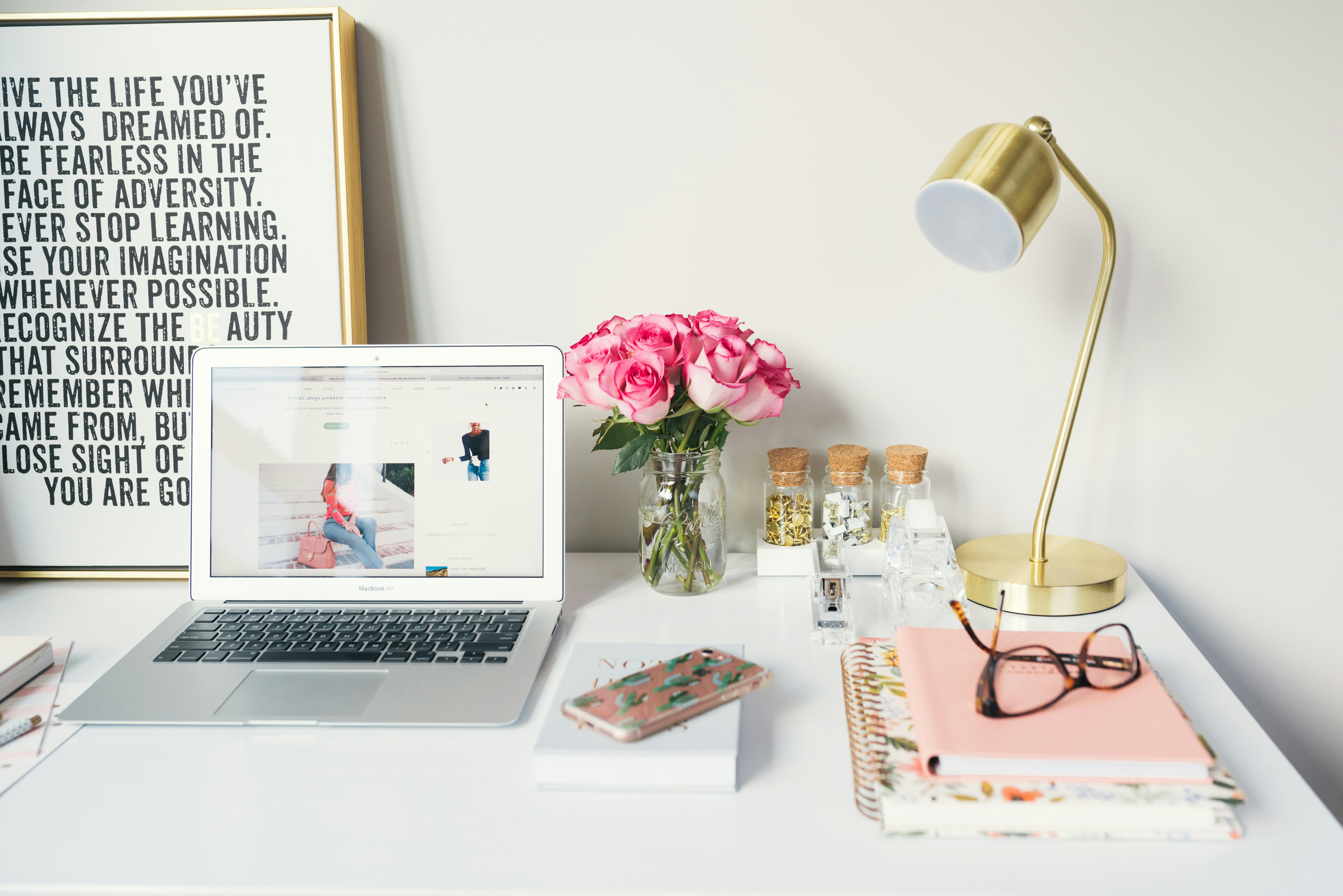
In order to get accurate results you need the right setup. Lack of preparation will lead to incorrect results overall. Here’s what you need to consider:
Lighting
Natural daylight is the best lighting source for a color draping test. It provides the most accurate representation of colors without altering their appearance. Avoid fluorescent or yellow-toned lighting, as these can distort the colors and affect the results. Opt for being around 3 ft away from a North Facing window if possible, this creates the most even lighting.
Avoid taking photos at “golden hour”, this may convince you that you are an autumn when you are not. You want consistent lighting throughout all your photos- so try to get all your first drapes done in a smaller time frame.
Hair
Tie your hair back and wear a white scarf or headband to keep it away from your face. This will help prevent any influence from your current hair color on the test, especially if it’s dyed or not completely your natural color. If you have very short hair, consider wearing a white hair cap.
Makeup
Remove any makeup before the test, as makeup can alter your skin tone and coloration. The goal is to assess your natural coloring without any external influences. And yes- even your tinted moisturizer and mascara need to go.
Remove
No jewelry, glasses, or colored contacts. We want as few distractions as possible!
Clothing
Ultimately your drapes should be covering any clothing you are wearing, but a tube top or skinny strap tank top is easiest. This ensures you don’t have any competing colors in your draping photos.
Draping fabrics
Use a variety of fabric swatches in different colors and don’t just pick from the season you think you might be. We will go over colors to test first, but make sure you try colors from all different seasons. If one color from one season doesn’t work, that doesn’t mean you aren’t that season. Similarly, don’t dismiss a neighboring season if one season doesn’t work.
Try to go in with no “preconceived notions”. The photos will give you the answers if you are open to them. Fabrics are much more effective than lipstick or makeup tests. Feel free to use any fabric around the house (sheets, curtains, clothes, towels etc).
Test one color at a time
Hold each fabric swatch close to your face, underneath your chin, and observe the effect it has on your complexion, eyes, and overall appearance. Take note of which colors make your skin look more even and radiant, and which colors make you appear washed out or tired.
Take photos
Capture photos of each color swatch against your face. This can help you review and compare the effects of each color more objectively later. I recommend a tripod or self-timer for this process. Taking a selfie each time will create some distortions and can make the comparisons more difficult (different positions and different angles can produce less accurate results)
White Balance and The Need For Consistency
As you are setting up and doing your photos, make sure you watch your white balance. We want to make sure you phone is not auto-correcting the white balance like it did in my yellow drape below. So if your backgrounds are changing, and your light source hasn’t changed, examine your camera settings.
White Balance on iPhone for Drape Photography
White balance can make or break your drape photos and the results. So if you can’t figure out how to make your white balance consistent, you can always just drape using a mirror instead of photos. You can lock your exposure rate (including general white balance) on an iPhone using the AE lock function. You need to then complete your drapes in one session, and this can be tricky to do. You also need to make sure your camera doesn’t reset to auto if you close the app.
Achieving Accurate White Balance with a Neutral Gray Card
One of the best methods to get accurate white balance is a tried and true photography trick- using an 18% neutral gray card. Take all of your photos with this gray card somewhere in the photo. Then go into a free editing software (like Lightroom) and correct the white balance by using the white balance eye dropper on the gray card. This may seem tedious, but if you’re committed to finding your season you want to do it correctly.
How to Create Your Personal Color Palette
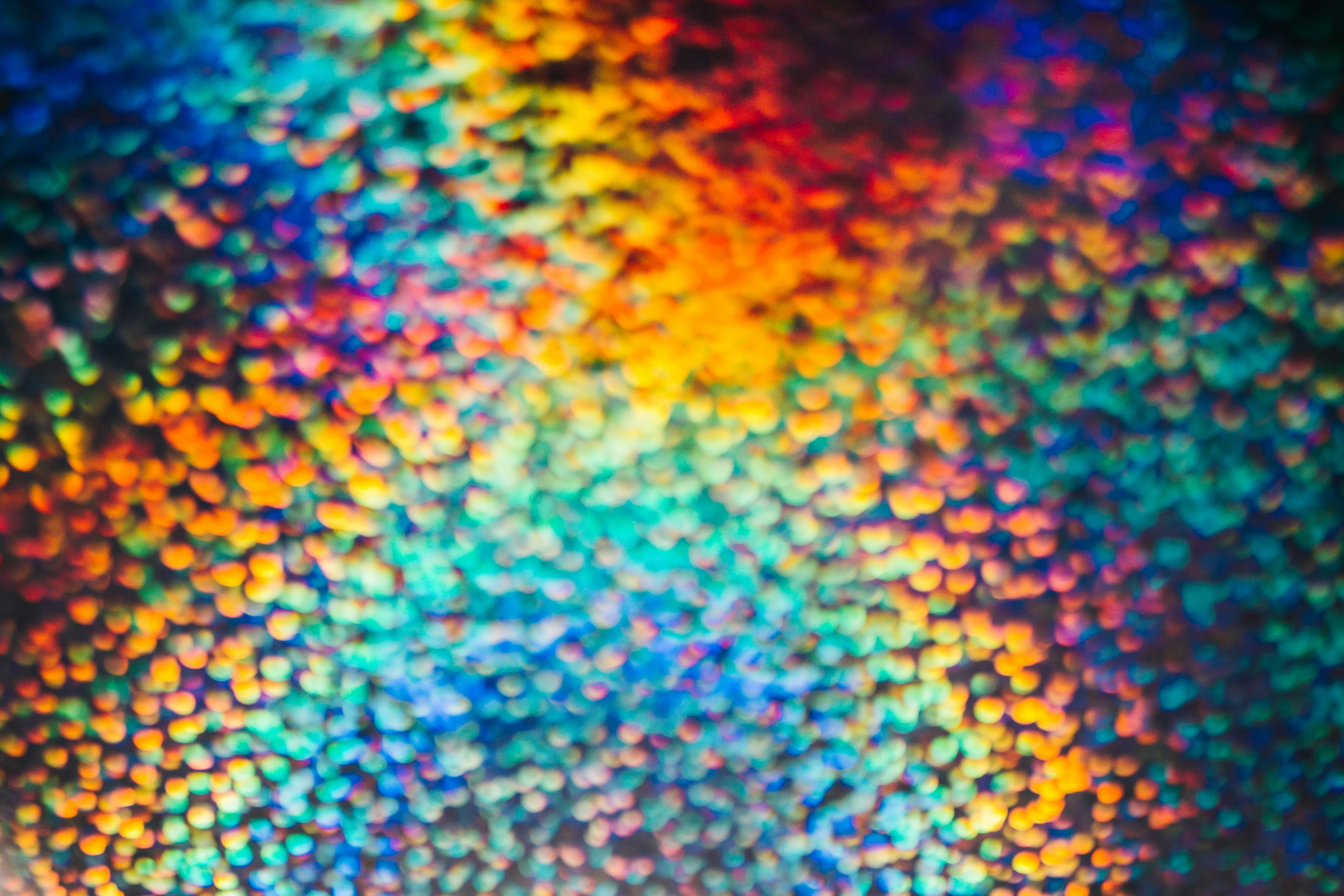
Neutral Colors: The Backbone of Your Closet
Neutral colors are the building blocks of your wardrobe. Think of them as the foundation of a building. They are timeless, versatile, non-competing, and staples. Neutrals include colors such as black, white, beige, tan, cream, brown, khaki, and navy.
When selecting your neutrals, consider your seasonal color category and the other colors in your palette. The right neutrals will help you create a harmonious wardrobe that can be mixed and matched effortlessly.
Complementary Colors: Adding Depth and Dimension
Complementary colors are your other base colors. These are slightly more vibrant than neutrals and can include muted versions of bright colors. Complementary colors add depth and dimension to your outfits when paired with neutrals.
Think of them as the walls of your building - they provide structure and interest. Harmonious complementary colors work well together, while disharmonious colors should not be combined in the same outfit. Choose complementary colors that complement your neutrals and work with your overall palette.
Accent Colors: Making a Statement
Accent colors are the stars of your wardrobe. These are bright, bold colors that add interest and draw attention. Think of them as the artwork in your building - they catch the eye and make a statement.
Accent colors don't have to be the brightest hues; they just need to stand out among your other colors. Use them strategically to highlight certain features or balance your silhouette. Limit your accent colors to one, two, or three to avoid overwhelming your outfits.
Metallics: Adding Shine and Sophistication
Metals are like accent colors with a touch of sparkle. They add shine and sophistication to your outfits, mainly through jewelry and accessories. Gold, silver, copper, gunmetal, bronze, and pewter are considered neutral metals. Choose metals that complement your skin tone - warmer tones for warm complexions and cooler tones for cool complexions.
Metals can act as neutrals or accents, depending on the overall look you're going for. Use metallics to add a touch of glamour and elevate your style.
Crafting Your Final Color Palette: Achieving Harmony
To create a balanced and harmonious color palette, aim to have more neutrals and complementary colors than accent colors and metals. This balance ensures that your accent colors stand out and draw attention to specific areas without overpowering your outfit.
Personal style plays a significant role in how you mix and match colors. Experiment with different combinations, and don't be afraid to play with your palette. Your wardrobe should reflect your unique personality and preferences, so have fun with it!
Try AI Personal Color Analysis For Free Today
When you think of a season or time of year, chances are you think of colors. In the same way, you can think of your own season to find the best colors for you to wear. By analyzing your skin, eye, and hair color, you can figure out your season, and find colors that complement your natural beauty. This way, you can enhance your style, and feel confident that your colors are working for you.
Color Match Technology
This patented technology helps you find the perfect colors based on your season. This way you can avoid colors that are a definite no, and confidently shop for clothes in colors that will make you look your best. By using this technology, you can unlock your colors and transform your style for free today with WhatColors’ AI Personal Color Analysis app. This app can be downloaded for free today on the App Store or Google Play store.
Finding the Right Nail Colors
With the WhatColors Nail Color Generator, you can find the perfect nail colors based on your skin, eye, and hair color. This tool will help you feel confident that your nail colors are enhancing your natural beauty, and making you look your best. By matching your nail colors with your season, you can complete your look and feel confident in your style choices.
Related Reading
• How To Choose Clothing Colors For Your Skin Tone
• Clothing Colors For Yellow Skin Tone
• At Home Color Analysis
• Colors For Summer Skin Tone
• Best Clothing Colors For Cool Skin Tone
• Colors For Spring Skin Tone
• Best Clothing Colors For South Asian Skin Tone
Get your color analysis done
in 60 seconds with WhatColors!
Understanding how to do your own color analysis can revolutionize your wardrobe and make shopping a breeze. By identifying your unique skin tone colors, you can unlock a palette of hues that will enhance your natural beauty, boost your confidence, and make you stand out. Once you know which colors complement your complexion, you can make more informed choices about the clothes you wear, the makeup you apply, and even the hair colors you choose. So, let's dive into the world of color analysis and discover how to unlock your best look!
Table of Contents
What is Personal Color Analysis?

Personal color analysis is a process that helps people find colors that complement them — everything from clothes and makeup to hair and jewelry. There are 16 different color palettes that each person can identify with, but people tend to lean toward the seasonal ones: winter, spring, summer, and fall. Then there are the "flow" palettes, which fall in between seasons.
The Origins and Evolution of Personal Color Analysis
For decades, color analysis has been used by politicians, chief executive officers, and the social elite as a way to put their best feet forward. Now, on the heels of a TikTok craze, it’s sprouting up from California to New York, and Gen Z loyalists are increasingly making trips to Seoul with the procedure topping their bucket list.
Related Reading
How Does Color Analysis Work?

Color Analysis is based on the Munsell Color System, which is a color arrangement scheme that was developed by the American artist Albert H. Munsell in 1913. Munsell's Color System defines color by three measured scales which are: hue, value, and chroma.
Hue & Temperature
Colors can either have a warm or cool undertone. We tend to associate yellow, orange, and red with warmth because they tend to have a yellow undertone, whereas purple, blue, and green appear cool as the undertone tends to be blue. You will often find the color wheel divided like this
Value & Depth
The value determines how light or how dark a color is. Light colors are classified as such because white has been added, also known as "tint". Whereas darker colors have more black mixed in the color, which is known as "shade".
Chroma & Clarity
Chroma defines a color's saturation, or how bright (clear) or muted (soft) it is. Bright and saturated colors are far away from being grey. When a color's saturation is taken away, the closer it gets to grey, and therefore the more muted it turns. When adding grey to a color it turns into a tone.
The 4 Basic Seasons
The Color Me Beautiful theory is based on four color types:
Spring
Summer
Autumn
Winter
Which seasonal type you are depends on two basic variables: the undertone of your skin, hair, and eyes (warm/golden vs cool/ashy), how light vs deep your overall coloring and specifically your hair is.
Unlocking Your Personal Color Palette with WhatColors' AI Analysis
WhatColors helps you find what colors to wear based off of your skin tone. Get your season based off on our skin tone, thanks to our patented color match technology. Get the perfect colors based off on your season. Avoid colors that are a definite no. Based off on your skin, eye and hair color find the perfect nail colors with our WhatColors Nail Color Generator.
Unlock your colors and transform your style for free today with WhatColors' AI Personal Color Analysis app. Download our app for free today on the App Store or Google Play store.
5 Key Benefits of Personal Color Analysis

1. Enhancing Your Appearance
Wearing colors that complement your natural features can significantly enhance your overall appearance. The right colors can make your skin look brighter, your eyes more vibrant, and your hair more radiant. By understanding your best color palette, you can choose clothing, makeup, and accessories that make you look more vibrant and healthy.
2. Streamlining Your Wardrobe
Color analysis can help you determine a cohesive color palette that works well together. By understanding your best colors, you can create a versatile wardrobe where different pieces mix and match effortlessly. This simplifies your shopping process and ensures that you always have flattering options to choose from.
3. Saving Time and Money
When you know which colors work best for you, you can avoid purchasing clothing or accessories in colors that don’t flatter you. This helps you make more informed shopping decisions and prevents you from wasting time and money on items that won’t be as flattering or versatile.
4. Boosting Self-Confidence
Wearing colors that harmonize with your natural features can boost your self-confidence. When you know you look your best, it can positively impact how you feel about yourself and how you present yourself to others. Feeling confident in your appearance can have a ripple effect on various aspects of your life, from personal interactions to professional settings.
5. Expressing Your Personal Style
Color analysis doesn’t mean you have to limit yourself to a specific set of colors. It simply provides you with a starting point for understanding what works best for you. You can still incorporate your favorite colors and experiment with different shades and tones within your color palette. Color analysis helps you refine and define your personal style while ensuring that you always look your best.
Related Reading
• Cool Skin Tone Colors To Wear
• Best Clothing Colors For Asian Skin Tone
• Brown Skin Warm Skin Tone Colors
• Best Colors For Neutral Skin Tone
• Getting Your Colors Done
• Colors For Olive Skin Tone
• Colors For Winter Skin Tone
• Warm Skin Tone Colors To Wear
• House Of Color Cost
• Olive Skin Tone Colors To Wear
• Colors For Autumn Skin Tone
• Hair Colors For Your Skin Tone
• Neutral Skin Tone Colors To Wear
• Cool Hair Colors for Your Skin Tone Chart
• What Colors Are Best for My Skin Tone
• What Colors Go With My Skin Tone
• What Colors Suit My Skin Tone
How to Do Your Own Color Analysis at Home

In order to get accurate results you need the right setup. Lack of preparation will lead to incorrect results overall. Here’s what you need to consider:
Lighting
Natural daylight is the best lighting source for a color draping test. It provides the most accurate representation of colors without altering their appearance. Avoid fluorescent or yellow-toned lighting, as these can distort the colors and affect the results. Opt for being around 3 ft away from a North Facing window if possible, this creates the most even lighting.
Avoid taking photos at “golden hour”, this may convince you that you are an autumn when you are not. You want consistent lighting throughout all your photos- so try to get all your first drapes done in a smaller time frame.
Hair
Tie your hair back and wear a white scarf or headband to keep it away from your face. This will help prevent any influence from your current hair color on the test, especially if it’s dyed or not completely your natural color. If you have very short hair, consider wearing a white hair cap.
Makeup
Remove any makeup before the test, as makeup can alter your skin tone and coloration. The goal is to assess your natural coloring without any external influences. And yes- even your tinted moisturizer and mascara need to go.
Remove
No jewelry, glasses, or colored contacts. We want as few distractions as possible!
Clothing
Ultimately your drapes should be covering any clothing you are wearing, but a tube top or skinny strap tank top is easiest. This ensures you don’t have any competing colors in your draping photos.
Draping fabrics
Use a variety of fabric swatches in different colors and don’t just pick from the season you think you might be. We will go over colors to test first, but make sure you try colors from all different seasons. If one color from one season doesn’t work, that doesn’t mean you aren’t that season. Similarly, don’t dismiss a neighboring season if one season doesn’t work.
Try to go in with no “preconceived notions”. The photos will give you the answers if you are open to them. Fabrics are much more effective than lipstick or makeup tests. Feel free to use any fabric around the house (sheets, curtains, clothes, towels etc).
Test one color at a time
Hold each fabric swatch close to your face, underneath your chin, and observe the effect it has on your complexion, eyes, and overall appearance. Take note of which colors make your skin look more even and radiant, and which colors make you appear washed out or tired.
Take photos
Capture photos of each color swatch against your face. This can help you review and compare the effects of each color more objectively later. I recommend a tripod or self-timer for this process. Taking a selfie each time will create some distortions and can make the comparisons more difficult (different positions and different angles can produce less accurate results)
White Balance and The Need For Consistency
As you are setting up and doing your photos, make sure you watch your white balance. We want to make sure you phone is not auto-correcting the white balance like it did in my yellow drape below. So if your backgrounds are changing, and your light source hasn’t changed, examine your camera settings.
White Balance on iPhone for Drape Photography
White balance can make or break your drape photos and the results. So if you can’t figure out how to make your white balance consistent, you can always just drape using a mirror instead of photos. You can lock your exposure rate (including general white balance) on an iPhone using the AE lock function. You need to then complete your drapes in one session, and this can be tricky to do. You also need to make sure your camera doesn’t reset to auto if you close the app.
Achieving Accurate White Balance with a Neutral Gray Card
One of the best methods to get accurate white balance is a tried and true photography trick- using an 18% neutral gray card. Take all of your photos with this gray card somewhere in the photo. Then go into a free editing software (like Lightroom) and correct the white balance by using the white balance eye dropper on the gray card. This may seem tedious, but if you’re committed to finding your season you want to do it correctly.
How to Create Your Personal Color Palette

Neutral Colors: The Backbone of Your Closet
Neutral colors are the building blocks of your wardrobe. Think of them as the foundation of a building. They are timeless, versatile, non-competing, and staples. Neutrals include colors such as black, white, beige, tan, cream, brown, khaki, and navy.
When selecting your neutrals, consider your seasonal color category and the other colors in your palette. The right neutrals will help you create a harmonious wardrobe that can be mixed and matched effortlessly.
Complementary Colors: Adding Depth and Dimension
Complementary colors are your other base colors. These are slightly more vibrant than neutrals and can include muted versions of bright colors. Complementary colors add depth and dimension to your outfits when paired with neutrals.
Think of them as the walls of your building - they provide structure and interest. Harmonious complementary colors work well together, while disharmonious colors should not be combined in the same outfit. Choose complementary colors that complement your neutrals and work with your overall palette.
Accent Colors: Making a Statement
Accent colors are the stars of your wardrobe. These are bright, bold colors that add interest and draw attention. Think of them as the artwork in your building - they catch the eye and make a statement.
Accent colors don't have to be the brightest hues; they just need to stand out among your other colors. Use them strategically to highlight certain features or balance your silhouette. Limit your accent colors to one, two, or three to avoid overwhelming your outfits.
Metallics: Adding Shine and Sophistication
Metals are like accent colors with a touch of sparkle. They add shine and sophistication to your outfits, mainly through jewelry and accessories. Gold, silver, copper, gunmetal, bronze, and pewter are considered neutral metals. Choose metals that complement your skin tone - warmer tones for warm complexions and cooler tones for cool complexions.
Metals can act as neutrals or accents, depending on the overall look you're going for. Use metallics to add a touch of glamour and elevate your style.
Crafting Your Final Color Palette: Achieving Harmony
To create a balanced and harmonious color palette, aim to have more neutrals and complementary colors than accent colors and metals. This balance ensures that your accent colors stand out and draw attention to specific areas without overpowering your outfit.
Personal style plays a significant role in how you mix and match colors. Experiment with different combinations, and don't be afraid to play with your palette. Your wardrobe should reflect your unique personality and preferences, so have fun with it!
Try AI Personal Color Analysis For Free Today
When you think of a season or time of year, chances are you think of colors. In the same way, you can think of your own season to find the best colors for you to wear. By analyzing your skin, eye, and hair color, you can figure out your season, and find colors that complement your natural beauty. This way, you can enhance your style, and feel confident that your colors are working for you.
Color Match Technology
This patented technology helps you find the perfect colors based on your season. This way you can avoid colors that are a definite no, and confidently shop for clothes in colors that will make you look your best. By using this technology, you can unlock your colors and transform your style for free today with WhatColors’ AI Personal Color Analysis app. This app can be downloaded for free today on the App Store or Google Play store.
Finding the Right Nail Colors
With the WhatColors Nail Color Generator, you can find the perfect nail colors based on your skin, eye, and hair color. This tool will help you feel confident that your nail colors are enhancing your natural beauty, and making you look your best. By matching your nail colors with your season, you can complete your look and feel confident in your style choices.
Related Reading
• How To Choose Clothing Colors For Your Skin Tone
• Clothing Colors For Yellow Skin Tone
• At Home Color Analysis
• Colors For Summer Skin Tone
• Best Clothing Colors For Cool Skin Tone
• Colors For Spring Skin Tone
• Best Clothing Colors For South Asian Skin Tone
